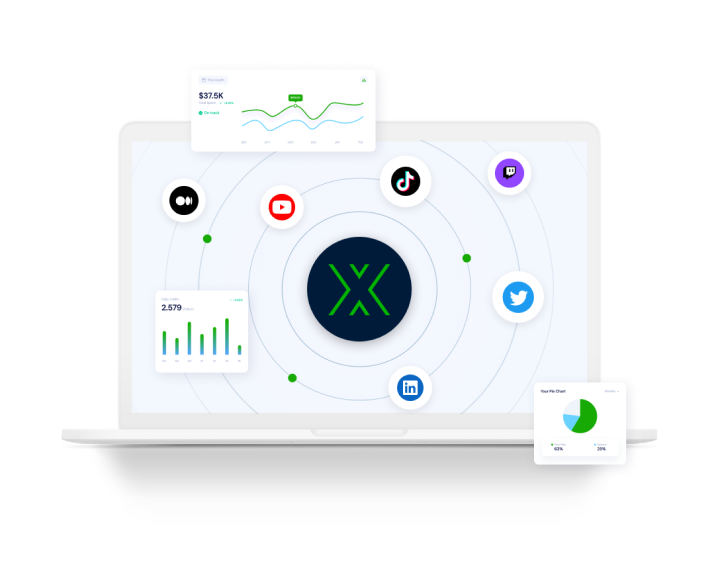Media intelligence is just data by another name, and in advanced platforms, such as Truescope’s, where social listening and news is coupled with technology to enrich, entity-level analyse, and triage data within minutes of it being live, we can surface hugely valuable insights with benefits reaching far beyond the role of media and communications personnel.
Here, we’ve identified 5 key organisational departments that can gain exceptional advantages from media intelligence.
- PR and Communications
We know that advanced media intelligence is the tech that all PR and communications professionals need to make data-backed comms strategy decisions, surpassing the function of “media monitoring”. A service like Truescope’s will save you time by triaging and making clear the most important information via real-time analysis of your brand and industry. It will ensure you’re first-to-know about emerging crises and can mitigate them with well-informed responses. There’ll be nothing in the global, public arena that you won’t know about, which will make you an essential part of the C-suite fraternity.
Now, let’s take a look at where media intelligence services are being used by other, key organisational departments.
- Marketing and Innovation
Use media intelligence to research an industry or segment either you’re in, or looking to enter. This could be assessing competitors’ activities and issues, market trends, or gauging consumer interest and sentiment about potential products and services.
Get a really clear understanding about gaps in the market and new business opportunities including the likelihood of your audience – based on social conversations, sentiments, and geographic location – being receptive to your products or services and the specific functions they may want from a new offering. The data from your media intelligence service can be used to form a robust map of the customer journey – where are they, what are they saying, and how are they reacting?
- Sales – Lead Generation, Sales Nurture & Retention
Social listening can be an excellent resource for lead generation. Use it to find communities who are discussing the type of product or service you offer. A dissatisfied group of customers could present an opportunity for you to get in touch with your better offering.
Use real-time social listening to understand how your current clients feel about your products and manage and address issues as they emerge. If your brand generates vast amounts of public discussion, media intelligence can help you focus on the most important conversation by triaging content based on influence and sentiment.
If you’re in B2B sales and targeting a particular customer, an advanced media intelligence service can provide the perfect research resource to understand their leading issues, public sentiment about their brand/s, key personnel and competitive space before you start the conversation. Use the data for fast and impressive analysis of their issues and use it in presentations to decision makers.
- Risk Management
Media intelligence insights on your organisation can provide a climatic reputation gauge. What is the perception of your brand and also your CEO from important markets? What issues are most negatively impacting you and need immediate addressing? The tools for assessing are all at-the-ready, enabling you to make strategic, risk mitigation decisions based on accurate, real-time data analysis from your advanced media intelligence service.
Did one of your competitors recently experience a significant crisis? Use media intelligence, with data across news, social conversations and also search interest, to understand how NOT to experience and respond to similar scenarios.
If your organisation is looking to enter a new space, conduct a threats and opportunities assessment of your market, over time, and understand how an industry is evolving and its economic and financial outlook. Use this information to inform your forecasting and strategic planning – is it worth investing millions if the industry you’re looking to expand into is in decline?
- Government Relations
Governments, and organisations affected by government policies, can use media intelligence to determine stakeholder sentiment regarding current and potential policies via analysis of public discourse.
Governments can understand community sentiments and be alerted to escalating issues in a particular topic arena, or geographic location, in real time, giving them an “ear to the ground” for fast and well-informed, message strategy decisions.
If you’re keen to know more about the ever-expanding capabilities of media intelligence, talk to us at info@dataxet.com









